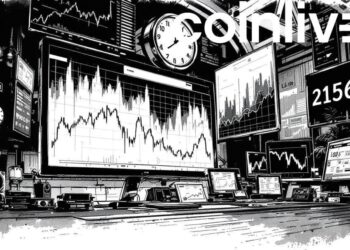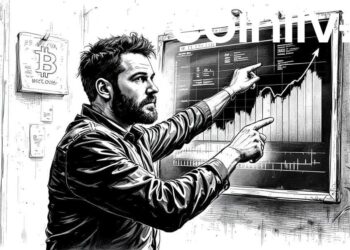- BlackRock’s blockchain move signals major financial innovation.
- BNY Mellon manages blockchain-based distribution.
- Institutional interest in blockchain grows significantly.
BlackRock has filed with the SEC to incorporate blockchain in its $150 billion Liquidity Funds Treasury Trust Fund, establishing a new digital share class known as DLT Shares.
Blockchain Integration in Traditional Markets
BlackRock’s filing with the SEC represents a pivotal step toward blockchain integration in traditional markets. They propose to create a digital share class, DLT Shares, for a substantial $150 billion fund. This move underscores a notable transformation in financial operations.
Role of BNY Mellon and Investor Benefits
BNY Mellon, tasked with managing blockchain infrastructure, plays a crucial role in this venture. Their increased involvement in digital asset services marks a significant step for institutional blockchain technology. This collaboration potentially redefines asset record-keeping accuracy and efficiency in real-time.
Revolutionizing Liquidity Management
Investors in BlackRock’s fund might experience enhanced capacity for ownership tracking, manifesting quicker transactions. The initiative could revolutionize liquidity management within financial markets by introducing efficiency improvements through blockchain technology.
Financial implications are profound. Utilizing blockchain aims to improve auditability, reduce risks, and streamline operations, reinforcing trust with real-time ownership information.
“The filing seeks to create a digital share class called ‘DLT Shares’ that will use blockchain technology to mirror ownership records.” – Henry Jim, ETF Analyst, Bloomberg
This step could potentially set a precedent for wider blockchain use in finance.
Impacts on Regulatory and Industry Changes
Though primarily affecting institutional operations, the ripple effects in broader financial markets could spur more profound regulatory and industry changes. As BlackRock pioneers this, it may catalyze further technological integration across asset management sectors.








